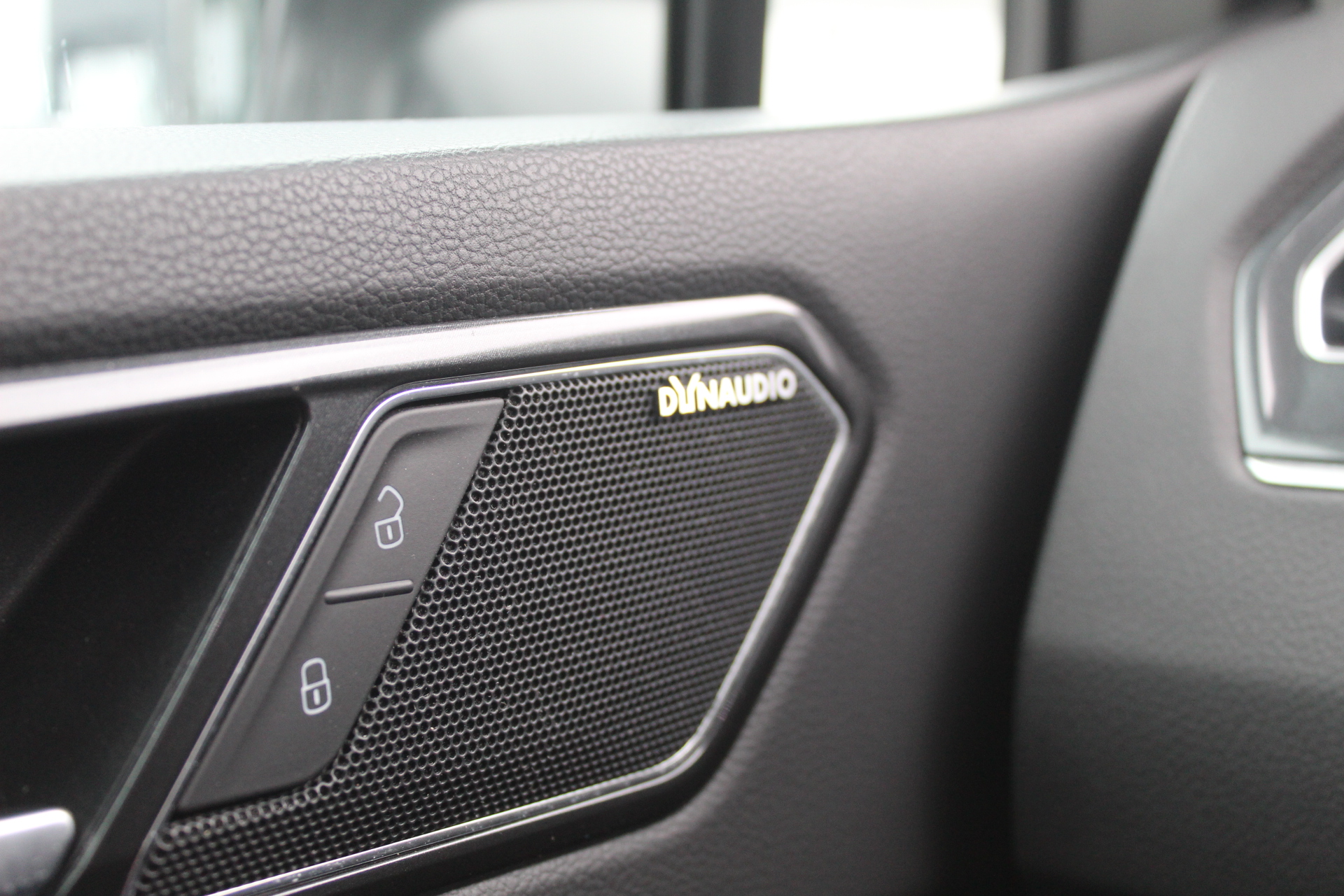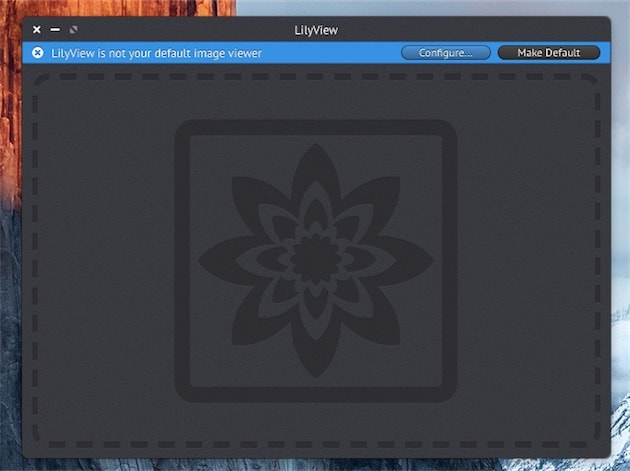

In addition, you get to navigate through the loaded image files by using the arrow keys. Moreover, a small auto-hiding panel placed on the right side of the window also includes details about the image resolution, file size, and format. If you hover your mouse in the top area of the window you get to see the file’s name and the window’s controls. The best part is that LilyView completely removes the control bars, so the app’s window only displays the image content.


Navigate your photos with ease and make the most of the available screen space In fact, via the LilyView Preferences you get to specify the file formats that should be assigned to the app by default: JPEG, PNG, GIF, TIFF, Camera Raw, Adobe Photoshop documents, BMP, or other raster image types, such as JPEG, PICT, and so on.įor your convenience, you can set LilyView to be your default web browser in all cases which means that you will be able to send files to the viewer with a simple double click. Note that you get to load individual files or entire folders and that the app will work with some of the most popular formats. To start working with the LilyView viewer, all you have to do is drag and drop the image files on top of its main window. Image viewer that can be configured to handle certain formats by default However, if the default solutions don’t satisfy your image viewing needs, LilyView is a lightweight alternative that maximizes the available desktop space. MacOS comes with the Preview application that enables you to review image files almost instantly and helps you both navigate and organize your pictures into albums via the Photos utility.


 0 kommentar(er)
0 kommentar(er)
